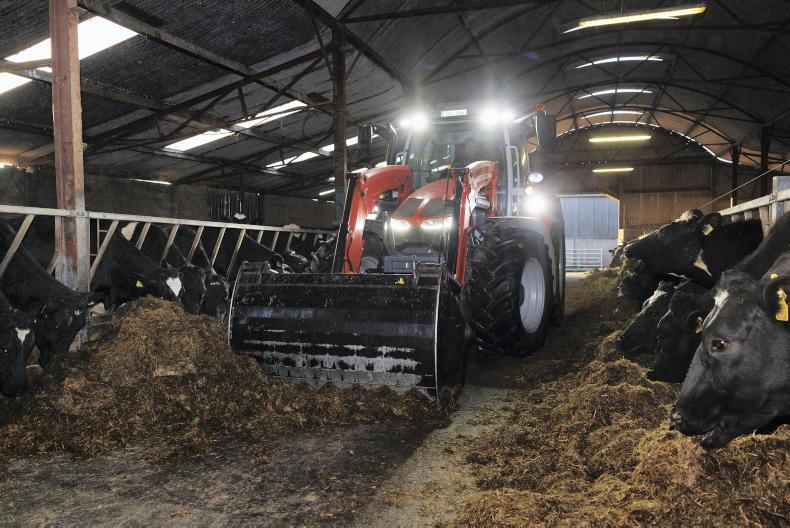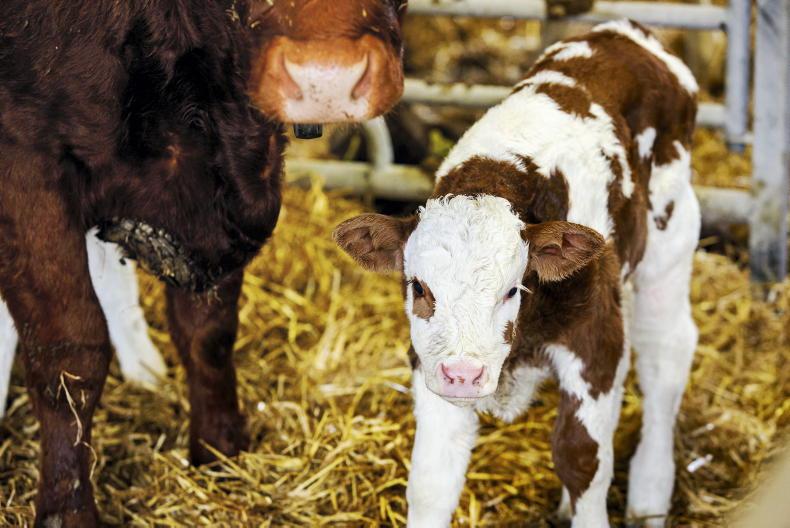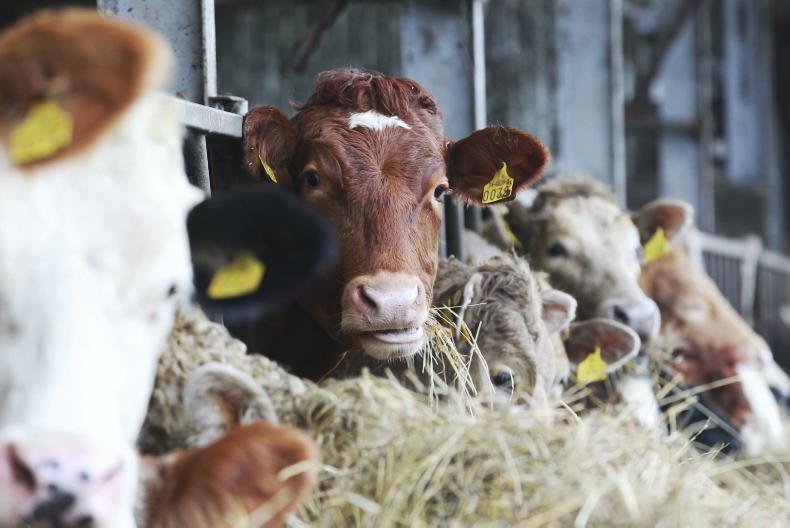Breeding will be finished in autumn-calving herds where cows calve from September to November, so scanning should be on the to-do list before grazing starts.
Scanning can be safely carried out around 35 to 40 days post-service. Scanning technicians can also identify the sex of calves around 60 to 70 days after service.
On suckler farms where autumn calving finishes up in mid- to late-November, these cows should have been served by mid-February, provided they are fertile and healthy.
That means 35 to 40 days has elapsed since later-calving cows were served, which makes scanning now a top priority.
Knowing when and what type of calf is expected before turnout is useful and can be used to form grazing groups.
Empty cows
Where cows have a calf at foot, but are not in-calf, separate these animals from the main herd and consider the sale options.
Selling as an outfit now will boost cashflow and ease pressure on shed space, straw use and silage. While the cow may not fit into your calving pattern, she may fit into another herd's pattern.
If selling now is not the preferred option, then graze empty cows separate from the main herd.
Put the creep feeder out and get calves eating meals for weaning in May or early June. Cows should be in good body condition at this time, maximising cull value if cashed in after weaning.
With limited margins in suckling, an empty cow that usually rears a poor calf should be culled rather than given another chance.
Read more
Sheep price update: vibrant mart trade as agents chase higher numbers
Beef prices: no Easter bounce for quotes
Breeding will be finished in autumn-calving herds where cows calve from September to November, so scanning should be on the to-do list before grazing starts.
Scanning can be safely carried out around 35 to 40 days post-service. Scanning technicians can also identify the sex of calves around 60 to 70 days after service.
On suckler farms where autumn calving finishes up in mid- to late-November, these cows should have been served by mid-February, provided they are fertile and healthy.
That means 35 to 40 days has elapsed since later-calving cows were served, which makes scanning now a top priority.
Knowing when and what type of calf is expected before turnout is useful and can be used to form grazing groups.
Empty cows
Where cows have a calf at foot, but are not in-calf, separate these animals from the main herd and consider the sale options.
Selling as an outfit now will boost cashflow and ease pressure on shed space, straw use and silage. While the cow may not fit into your calving pattern, she may fit into another herd's pattern.
If selling now is not the preferred option, then graze empty cows separate from the main herd.
Put the creep feeder out and get calves eating meals for weaning in May or early June. Cows should be in good body condition at this time, maximising cull value if cashed in after weaning.
With limited margins in suckling, an empty cow that usually rears a poor calf should be culled rather than given another chance.
Read more
Sheep price update: vibrant mart trade as agents chase higher numbers
Beef prices: no Easter bounce for quotes









SHARING OPTIONS